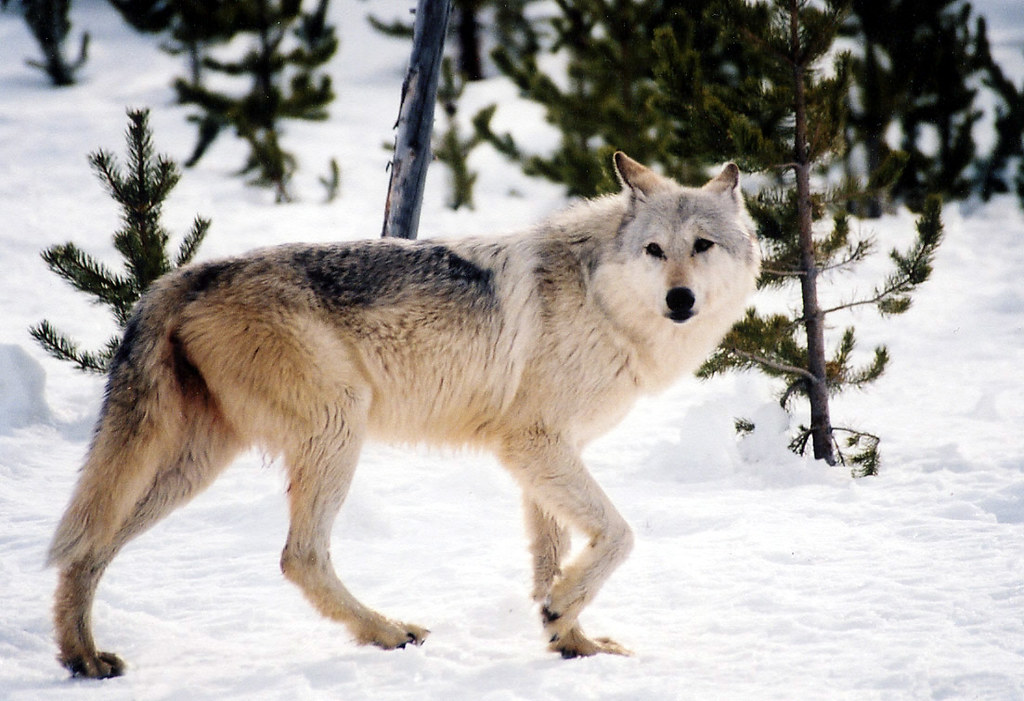One of the recurring conflicts under the Endangered Species Act is at what point a species should be delisted. If a species is no longer threatened with extinction but still has a ways to go before most people would consider it fully recovered, should it remain on the list or come off? Because a species’ listing triggers significant regulatory restrictions, the answer to that question can have significant consequences for long-term recovery efforts. Indeed, the State of Colorado’s plan to reintroduce gray wolves to the state has been complicated by uncertainty over the species status, which is currently the subject of litigation and an administrative review.
This question would seem to be resolved by the statute, which only permits species to be listed if they are endangered or threatened with extinction. However, the statute also contains several vague phrases, including “distinct population segment” and “significant portion of [a species’] range,” that open the door to keeping species listed until they reoccupy their historic range. Consequently, this question has largely been left to the discretion of federal officials, which they exercise on a species-by-species basis (with unpredictable results). This uncertainty has significant policy consequences, including for efforts to continue recovering species formerly threatened with extinction.
Consider the lower 48 population of gray wolves, one of the first entities listed under the Endangered Species Act. Originally listed as endangered, when there were only about 1,000 wolves left in small pockets of Minnesota and Michigan. The wolf was later upgraded to “threatened” in 1978.
Since then, thanks to the efforts of federal biologists, states, landowners, tribes, and conservationists, the population has grown to more than 6,000 and roams nine states. This growth has substantially reduced the threat that the wolf would be extirpated in the lower 48, but much work remains to restore the wolf throughout its historic range (which covers most of the United States).
The U.S. Fish and Wildlife Service has considered the wolf population to be “recovered”—in the sense that it is no longer threatened with extinction—for more than a decade and has attempted to delist it several times across three presidential administrations. However, those decisions have uniformly been stymied by litigation, chiefly by environmental groups who object to delisting the species before it reoccupies more of its historic range. Last November, the Fish and Wildlife Service again delisted the wolf, a decision which has also been challenged in court and is under review in light of the presidential transition.
Anticipating the most recent delisting decision, Colorado voters narrowly approved an initiative directing the state’s Parks and Wildlife Commission to prepare a plan to reintroduce wolves to the state. With the species’ delisting, the state would be free to move forward with the plan without costly and time-consuming federal approval and oversight.
However, the subsequent litigation and regulatory review may interfere with Colorado’s plan. According to E&E News:
Though delisting made it easier for Colorado to act, legal uncertainty over the future of the wolf’s endangered status—even a potential reversal of the administration’s decision—could hand authority back to the federal government, severely complicating the state’s ability to implement the proposition, [Lisa] Reynolds [the state’s Assistant Attorney General] said.
It might seem strange that a species’ continued listing would complicate efforts to recover it, but it shouldn’t. The Endangered Species Act and regulations issued under it generally impose strict, criminal penalties on any activity affecting a listed species or its habitat. This includes activities meant to benefit the species. Consequently, as I explained in Road to Recovery, federal regulations have interfered with state and private recovery efforts because the permit required to relocate or otherwise affect a listed species significantly increases the time and expense of administering recovery programs.
This is why the question of how much recovery is enough to justify delisting is so important. As a listed population increases and occupies a larger area, the consequences of regulatory burdens increase too. This creates perverse incentives. From the perspective of a state or landowner, helping to recover a species can—without a realistic chance of getting it delisted—subject more of their activities to federal regulation and permitting requirements. Therefore, maintaining a realistic offramp from the Endangered Species Act is essential to spurring long-term recovery efforts.




